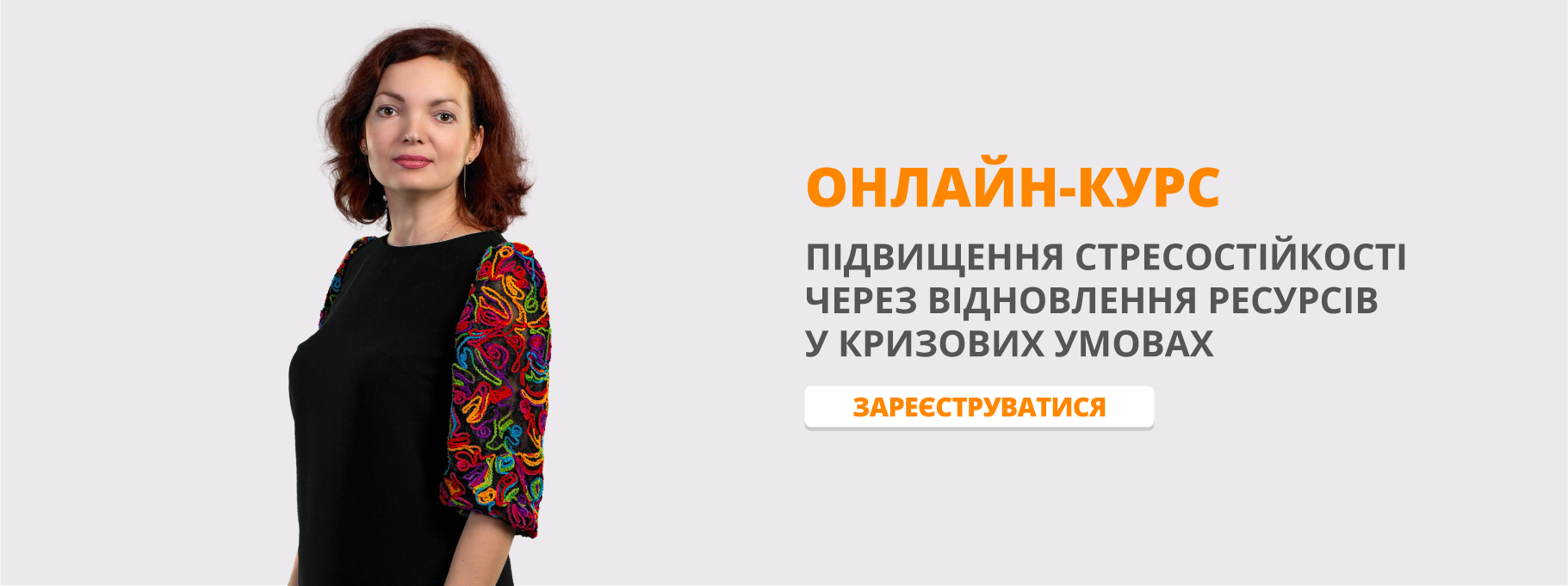Урок "Birds of the oceans and lakes"
Куп‘янський ліцей №3
Тема:Birds of the oceans and lakes

Вчитель англійської мови
Янко Вікторія Володимирівна
Куп’янськ
Topic: Birds of the oceans and lakes.
Type of the lesson: Study skills.
Learning Outcomes:
to practice the usage of the lexical units on the topic “Birds of the oceans and lakes”; to teach the pupils to describe their favourite bird;
to check students’ grammar skills: verb can in the Past Simple;
to get pupils involved in conversation about the birds;
develop listening, reading, writing and speaking skills on the topic of the lesson; to develop pupils’ outlook;
to enrich pupils’ knowledge on the topical issues; to develop pupils’ creative imagination in communicative activity.
Visuals and Equipment:
• textbook “English World 4” by Liz Hocking and Mary Bowen
• pictures and the poster on the topic;
• a Power Point presentation “Water Birds”;
• song “Good Morning”, “Fun Phonics Readers Double Phonics Chant”
• HOs to the lesson;
The procedure of the lesson
1. Beginning. Greetings (You can find this song in the Internet on You Tube. It is called “Good morning”)
Who: Teacher-Class Skills: Listening/Speaking Time: 2 min
Good morning, (Good morning)
How are you? (How are you?)
It’s so nice to have you here with me today
Good morning, (Good morning)
How are you? (Just fine!)
Howdee, how do you do, hello, good day!
Now that we’re together
Learning’s so much fun
The more of us the better
So come on everyone!
Good morning, (Good morning)
How are you? (Just fine!)
Howdee, how do you do, hello, good day!
2. Teacher’s introduction
T.: Sit down, please. Children, today we have an unusual lesson. We’ll travel to the oceans, seas, rivers and lakes. It will be interesting and useful. We’ll see different water birds. At the end of the lesson you will be able to talk about them. I hope you’ll enjoy it. We’ll start from phonetic drills. Listen and repeat.
3. Phonetic drill Time: 3 min (You Tube “ Fun Phonics Readers”)
Ee, ee – tree, ee, ee – bee;
Ea, ea – seal, ea, ea – peach;
Sh, sh – ship, sh, sh – shop;
Ch, ch – chicken, ch, ch – teacher;
Oo, oo – foot, oo, oo – book;
Oo, oo – spoon, oo, oo – moon;
Ar, ar – car, ar, ar – shark;
Ou, ou – house, ou, ou – mouse;
Or, or – horse, or, or – fork;
Ir, ir – girl, ir, ir – shirt;
Ow, ow – cow, ow, ow – towel;
Oy, oy – boy, oy, oy – toy;
Oa, oa – boat, oa, oa – coat;
Ow, ow – window, ow, ow –snow;
Ay, ay – tray, ay, ay – gray;
Ai, ai – tail, ai, ai – train.
4. Warming - up
First of all let’s revise the names of different kinds of birds. Look at the pictures and try to guess what bird it is. You have to ask me is it a …?
Who has got a bird at home? Raise your hands?
What bird is it?
Who looks after it?
Does your bird live in a cage?
5. Vocabulary work
a) Circle the words for birds. Who will be the first say “Bingo”.
Albatross, webbed, penguin, goose, hooked, gull, geese, wild, chick, graceful, gosling, cygnet.
b) Make up the sentences with these words:
- albatrosses, grab
- penguins, swimmers
- gulls, hooked beaks
- geese, fly together
- swans, build a nest
6. Play time.
Let’s have fun playing a game “Step”. If you answer my questions correctly, you will step. (Use the text “The Birds of the Oceans and Lakes” HO1)
What do albatrosses eat? (Fish)
What is a baby swan called? (A cygnet)
What is a baby goose called? (A gosling)
What is the smallest penguin? (The Little Blue penguin)
What is the tallest penguin? (The Emperor Penguin)
What is the plural of goose? (geese)
How far can an albatross fly in a day? (400 km)
How tall is the Emperor penguin? (110 cm tall)
How many eggs does a mother swan lay? (4-7)
Which bird has the longest wings? (Albatross)
Which bird cannot fly? (Penguin)
Which birds make a huge V in the sky? (Geese)
Which bird is the most graceful? (Swan)
Which bird is the funniest? (Penguin)
Which bird do you like best?
7. Open your books on page 40 and do activity 1. Sasha, read the task, please.
Circle the correct numbers and words.
- In one day an albatross can fly 4/40/400 kilometres.
- Albatrosses can grab fish easily because they have hooked beaks/feet/wings.
- Albatrosses are in danger because of fishing lines/nets/ boats.
- An Emperor penguin can dive down 5.65/56.5/565 metres.
- Water birds have webbed feet so they can fly/swim/run quickly.
- A baby swan is a chick/cygnet/gosling.
- The plural of goose is goose/gosling/geese.
8. Physical warm – up (You Tube “Simon says…”)
We are all tired and it’s high time to have some exercises with Simon.
Simon says: touch your nose, Simon says: touch your toes
Simon says, Simon says
Simon says: touch your cheek, Simon says: touch your feet
Simon says, Simon says
Touch your knees
No, freeze!
Why?
He didn’t say Simon says, Simon says
Touch your ears
No, we didn’t hear you say Simon says.
Sit down, please.
9. Communicative activities (dialogues)
Well done, children! Let’s practice the dialogue on page 35 and then act it out. Who wants to read? Who wants to act it out? (HO2)
At home you made your own dialogues with verbs could and couldn’t about birds. Who wants to be the first? (Children’s dialogues)
- Let’s play could and couldn’t.
- OK. You start.
- The Ugly Duckling was unhappy.
- The Ugly Duckling was unhappy… It could stay next to the bridge but it couldn’t stay with its family.
- That’s good. Now you start.
- Last spring two swans landed on the river.
- Last spring two swans landed on the river… They could see a beautiful swan but they couldn’t see an ugly duckling.
- That’s great!
- Me again. Try this. One day it was warm again.
- One day it was warm again… One day it was warm again…
- Too late! Time’s up!
- Oh!
- Let’s play could and couldn’t.
- OK. You start.
- Geese lived near water.
- Geese lived near water… They could swim well but they couldn’t run well.
- That’s good. Now you start.
- I saw geese high in the sky.
- I saw geese high in the sky… They could make a huge V in the sky but they couldn’t make a cake.
- Ha ha! That’s funny!
- Me again. Try this. It was raining.
- It was raining. It was raining.
- Too late! Time’s up!
10. Speaking drill
Now it’s time to find out what you know about water birds. How attentive were you while reading the text at home? (Children retell texts from HO1)
11. And now you’ll watch a video and listen to the song. After that you have to answer my questions. Watch attentively. Time: 3 min
Song (You Tube “A Little Bird”)
A little bird has come to me
twit twit and it sings song to me
why don't you follow me up
to the stairs of clean white clouds
tra la la la la la la
look at all the shining lights
it's coming from the blue tides of sea
tra la la la la la la
look at all the pretty lines
seven colors of the rainbow
just follow me to the blue sky
if you could see the world beyond the clouds
you will get to know what a beautiful
world that we sharing are
Teacher’s questions:
Whom can you see in this video?
Is this bird big or little?
What does the bird do?
Does this bird live in a cage?
Where does the bird fly?
What colour is the sky?
What can you see in the sky by day?
What colour are the clouds?
Could the boy see the world beyond the clouds? Is it beautiful?
12. Homework
Now open your day-books and write down the home task for Wednesday. Do activity 2 page 40 in your pupil’s books. Who wants to get 8 you have to answer only one question. Who wants to get 10 – answer two questions and in order to get twelve – answer all three questions. You have to write 4-5 sentences.
1) Which bird is the most beautiful? Why?
2) Which bird is the most interesting? Why?
3) Can we help the albatrosses? How?
13. Summarizing
As you have already told we live in a beautiful world and we must take care of it. We must look after rivers and lakes. We must be kind to birds. We must feed them in winter. We must make bird – houses but we mustn’t ravage the nests. Remember about it.
You worked hard. Your marks are …
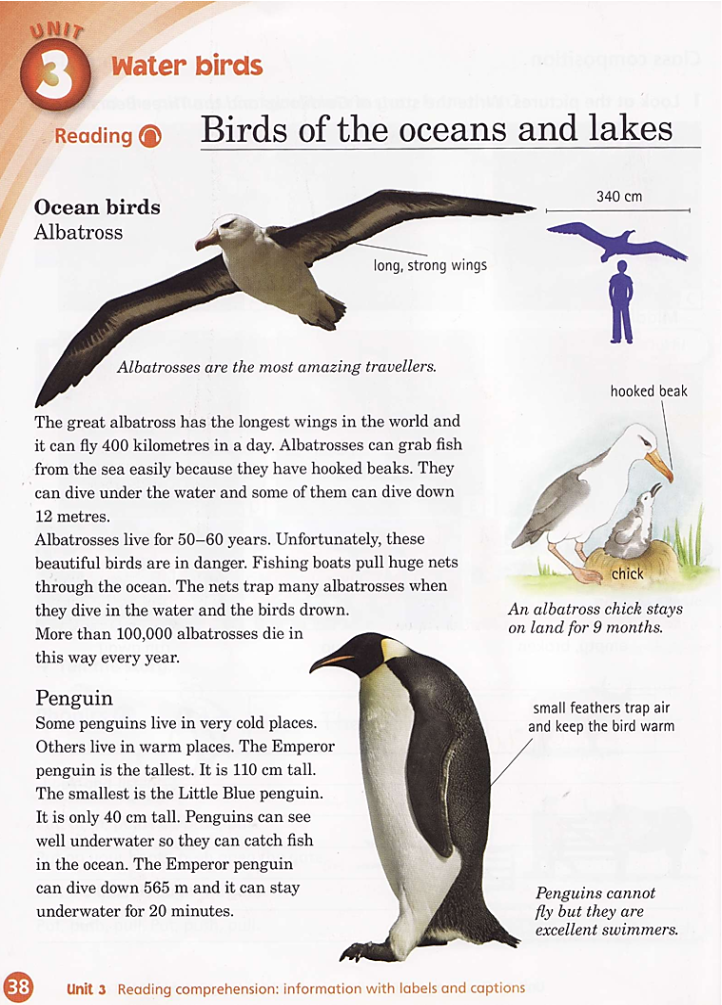
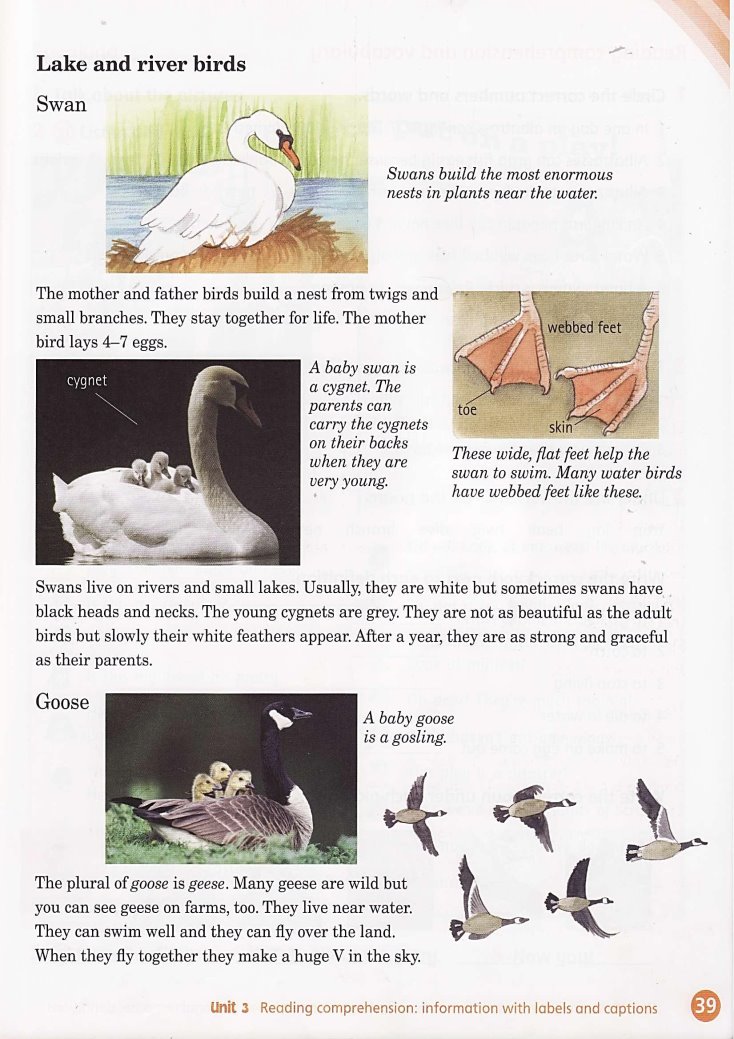
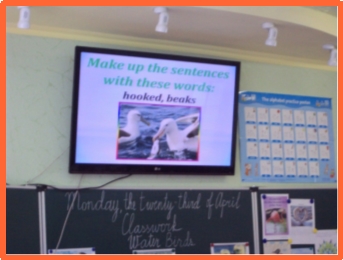
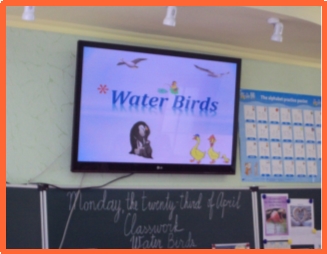
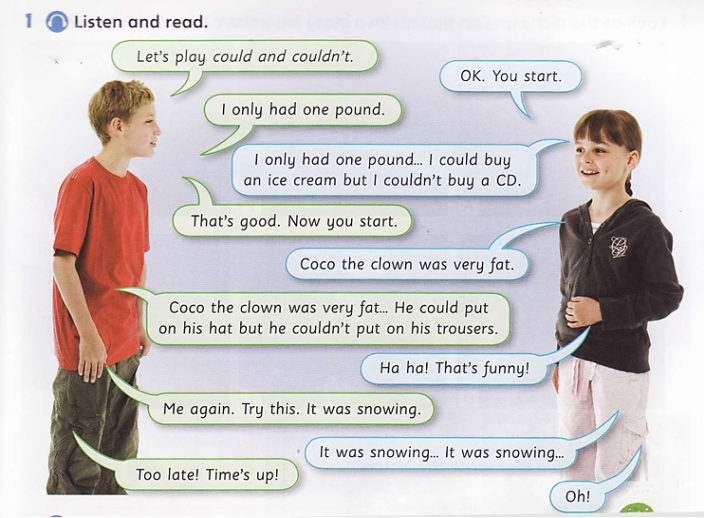
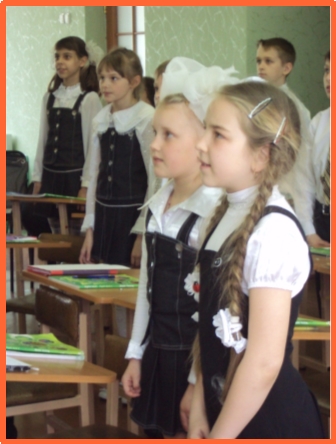
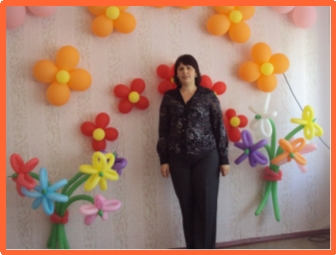
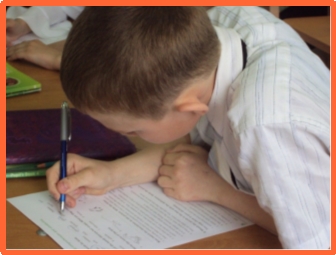

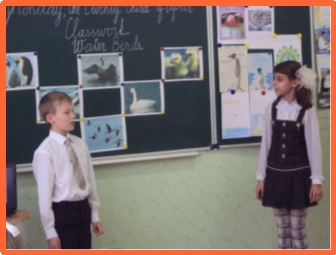


про публікацію авторської розробки
Додати розробку
